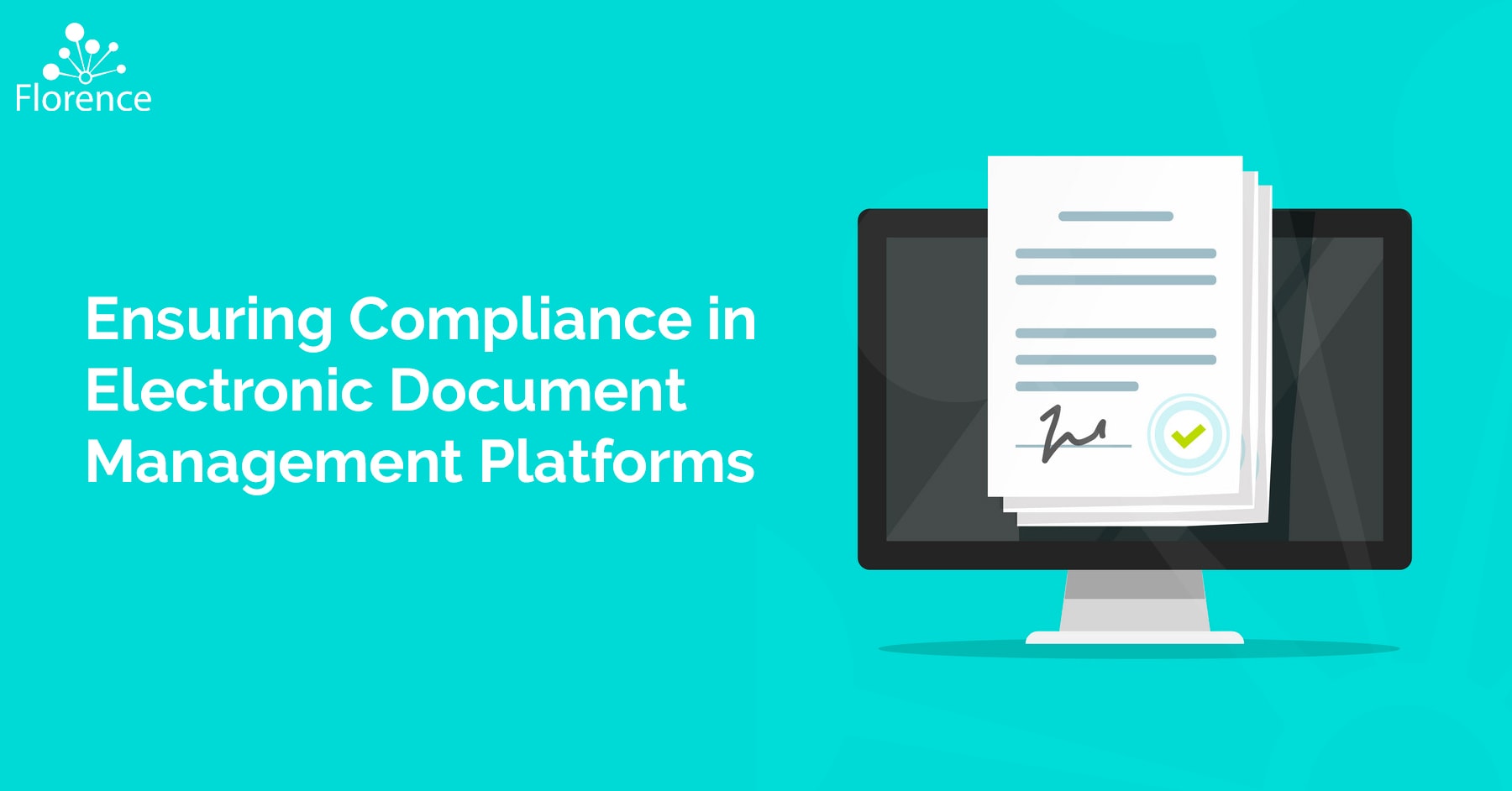Your Florence Expert

Amanda Korey
Implementations Manager
To mitigate disruption from COVID-19, clinical trial sites and sponsors are turning to remote document access and management platforms.
For research organizations that have made the shift to eISF platforms like Florence eBinders, this is a relatively simple step. However, for research organizations maintaining paper-based or on-site records, this transition to remote work and remote monitoring is resulting in significant challenges.
Those organizations are now searching for ways to send, manage, store, review, and access clinical trial documents remotely in a secure and compliant way.
When exploring these electronic document management solutions as a short-term fix, it is essential to have an understanding of Part-11, HIPAA, Annex-11, GDPR, and other relevant regulatory requirements.
Below are some quick tips to check your electronic document management solutions have the high standards, security, and regulatory compliance clinical research demands.
When selecting a platform, it is crucial to think both short-term, what can get us operating fast, and long-term, what can we use as a foundation for ensuring future success.
Electronic document storage and access are the first steps in a remote research management plan. Building a long-term remote collaboration plan is vital as the industry looks to ensure clinical trials continue to operate at maximum capacity.
Download our guide to building a remote strategy while mitigating operational disruptions here.

